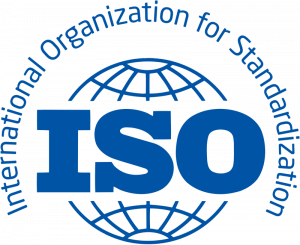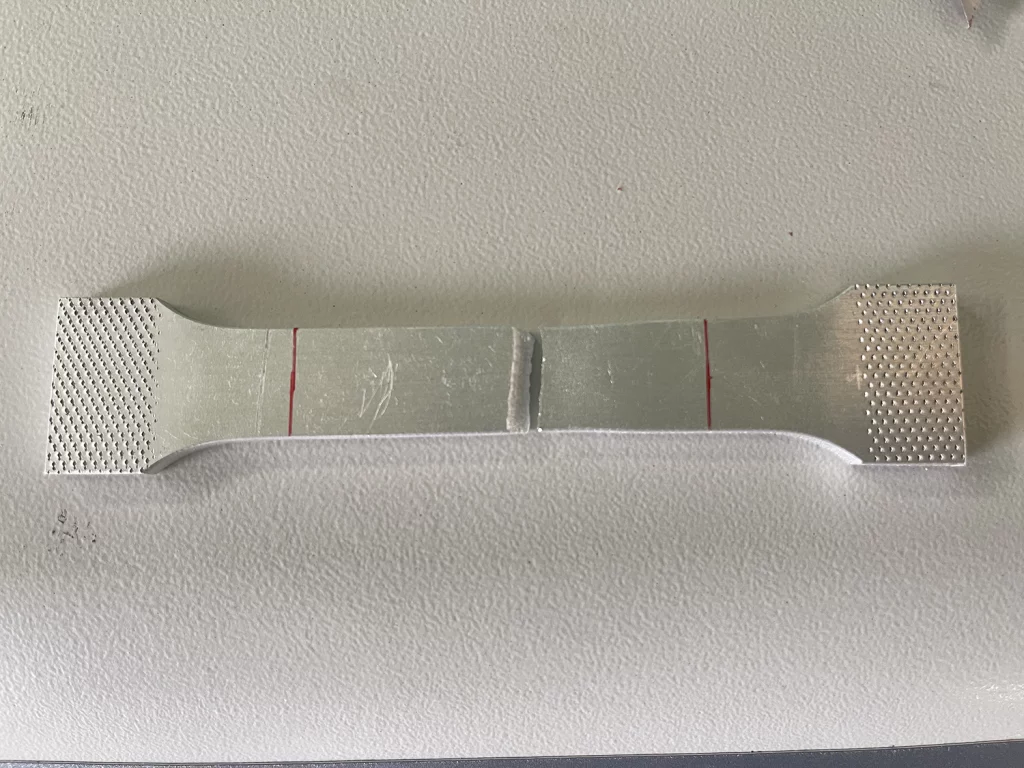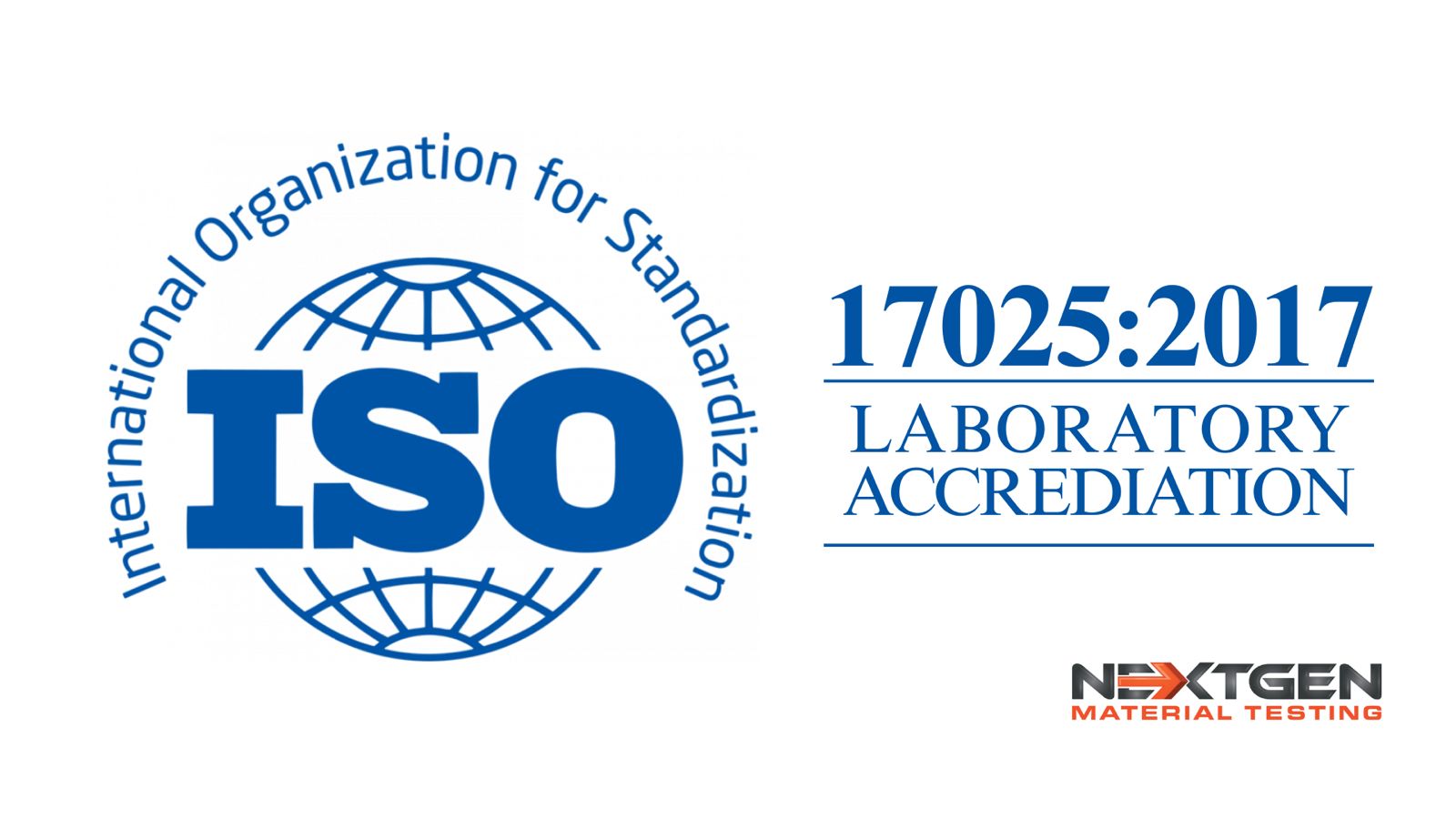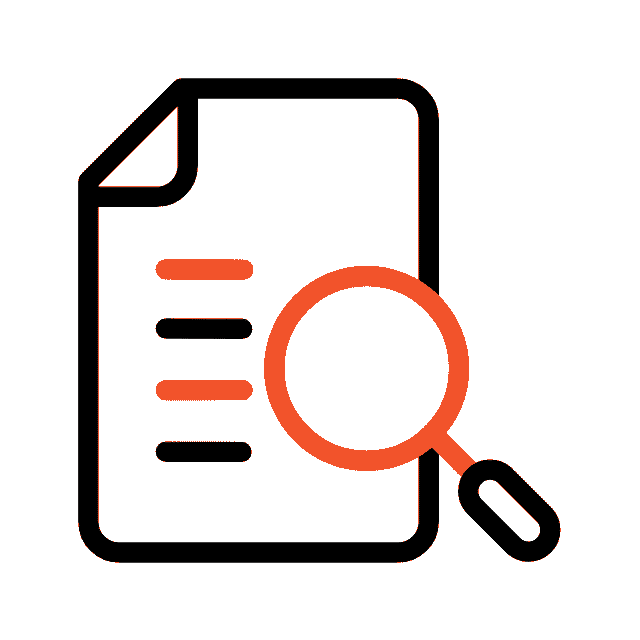Testing and calibration require accuracy and reliability. Laboratories must follow strict standards to demonstrate that they are capable of producing valid results. One of the most important standards in this field is ISO/IEC 17025.
This international standard defines the requirements for testing and calibration laboratories to guarantee the quality and consistency of their work. It is well recognized as the primary benchmark for laboratory competence.
In this article, you will find a clear explanation of ISO/IEC 17025—who needs it, why it is important, and what is required to be ISO/IEC 17025 compliant. The article also provides a comprehensive overview of the standard’s role in modern laboratory operations, along with answers to the most frequently asked questions.
Understanding ISO/IEC 17025
ISO/IEC 17025 is the international standard that outlines the general requirements for competence, impartiality, and consistent operation of testing and calibration laboratories. It was developed jointly by the International Organization for Standardization (ISO) and the International Electrotechnical Commission (IEC) and is recognized globally as the key framework for laboratory quality and accuracy.
This standard applies to all laboratories, regardless of their size or tests and calibrations. Its primary purpose is to confirm that a laboratory is capable of generating technically valid and traceable results through a structured quality system.
What the Standard Covers
ISO/IEC 17025 focuses on two main areas:
-
Technical competence – making sure that the lab uses proper methods, has skilled personnel, and maintains precise equipment.
-
Management system requirements – maintain clear processes, traceable records, and continuous improvement mechanisms.
Moreover, it requires laboratories to demonstrate impartiality, manage risks, handle data appropriately, and guarantee that results can be traced back to recognized measurement standards.
What ISO/IEC 17025 Is Used For
The standard is used by:
-
Testing laboratories perform chemical, physical, mechanical, or biological analyses.
-
Calibration laboratories certify that measurement devices are accurate and compliant with traceable standards.
-
Organizations that subcontract laboratory services and want to verify their partners’ reliability.
-
Regulatory authorities to assess compliance during audits and inspections.
ISO/IEC 17025 is particularly important when laboratory results are used for:
-
Legal or regulatory approval
-
Product certification
-
Health, safety, and environmental protection
-
International trade
 How It Works
How It Works
To comply with ISO/IEC 17025 requirements, a laboratory must:
-
Use validated testing and calibration methods.
-
Employ qualified staff with documented training and competence.
-
Calibrate its devices regularly and document their performance.
-
Manage data securely and report results.
-
Follow internal audits and management reviews to support continual improvement.
Accreditation is provided by national accreditation bodies, which assess laboratory operations through audits. Once accredited, the lab must maintain compliance and undergo regular reassessments to keep its status.
Who Needs It
This standard is a necessity for:
-
Laboratories that are seeking international recognition
-
Facilities that want to prove their results
-
Labs operating in regulated industries such as pharmaceuticals, food safety, medical devices, construction, or environmental monitoring
-
Organizations involved in legal or contractual testing requirements
Key Components of ISO/IEC 17025
ISO/IEC 17025:2017 outlines the 5 main categories of requirements that laboratories must fulfill to demonstrate technical competence and reliable operations. These categories are:
1. General Requirements
In this section, two fundamental principles are highlighted:
-
Impartiality: Laboratories must perform the activities without bias, so that results are not influenced by external pressures or conflicts of interest.
-
Confidentiality: Laboratories are required to protect sensitive information obtained during their activities, maintaining client confidentiality and data security.
2. Structural Requirements
This chapter focuses on the organizational structure of the laboratory:
-
Legal Entity: The laboratory must be a legal entity or a defined part of one, responsible for its testing and calibration activities.
-
Management and Responsibilities: There must be clear definitions of roles, responsibilities, and authorities to support effective operation and communication within the laboratory.
3. Resource Requirements
This part addresses the resources necessary for laboratory operations:
-
Personnel: Staff must be competent, with appropriate qualifications, training, and experience for their assigned tasks.
-
Facilities and Environmental Conditions: The laboratory must provide suitable facilities and control environmental conditions to verify the validity of its results.
-
Equipment: All equipment used must be calibrated, maintained, and suitable for its intended purpose.
4. Process Requirements
This section outlines the processes involved in laboratory activities:
-
Review of Requests, Tenders, and Contracts: The laboratory must confirm that it has the capability and resources to meet client requirements before accepting work.
-
Method Selection, Verification, and Validation: Appropriate methods must be selected and validated to ensure they are fit for the intended use.
-
Sampling: When sampling is part of laboratory activities, it must be carried out using appropriate methods.
-
Handling of Test or Calibration Items: Procedures must be in place to prevent deterioration, loss, or damage to items during handling, transportation, storage, and preparation.
-
Technical Records: The laboratory must maintain records to enable the repetition of tests or calibrations under conditions as close as possible to the original.
-
Evaluation of Measurement Uncertainty: The laboratory must evaluate measurement uncertainty for all tests and calibrations.
-
Assuring Results Validity: Procedures must be implemented to monitor results validity, including proficiency testing.
-
Reporting of Results: Test and calibration reports must be clear, accurate, and contain all the necessary information.
-
Complaints and Nonconforming Work: The laboratory must have procedures for handling complaints and managing nonconforming work, including corrective actions.
-
Control of Data and Information Management: Data must be protected from unauthorized access, and information management systems should be validated to confirm the integrity of the data.

5. Management System Requirements
This part addresses the laboratory’s quality management system:
-
Management System Documentation: The laboratory must establish, implement, and maintain a management system appropriate to its activities.
-
Control of Management System Documents: Documents must be controlled to ensure that only current versions are available at points of use.
-
Control of Records: Records must be maintained to demonstrate conformity to requirements and the effective operation of the management system.
-
Actions to Address Risks and Opportunities: The laboratory must plan actions to address risks and opportunities, integrating them into the management system.
-
Improvement: Opportunities for improvement must be identified and implemented to enhance the management system.
-
Corrective Actions: Procedures must be in place to address nonconformities, including root cause analysis and implementation of corrective actions.
-
Internal Audits: Regular internal audits must be conducted to verify that the management system conforms to requirements and is effectively implemented.
-
Management Reviews: Top management must review the laboratory’s management system at planned intervals to ensure its continuing suitability, adequacy, and effectiveness.
Benefits of Implementing ISO/IEC 17025
Testing and calibration laboratories can benefit greatly from the implementation of ISO/IEC 17025:
1. Increased Credibility and International Recognition
Accreditation to ISO/IEC 17025 demonstrates laboratory technical competence and quality commitment. This recognition is crucial for laboratories seeking to establish trust with clients and stakeholders, both domestically and internationally. It facilitates the acceptance of test results across borders, reducing redundant testing.
2. Improved Operational Efficiency
Standard focus on systematic processes and continual improvement leads to increased laboratory efficiency. With the help of ISO/IEC 17025, laboratories can streamline workflows, minimize errors, and reduce rework, thereby saving time and resources.
3. Increased Customer Confidence
Clients trust and rely on ISO/IEC 17025-accredited laboratories. Accreditation assures customers of the laboratory’s ability to produce accurate and reliable results, fostering long-term business relationships.
4. Competitive Advantage in the Market
ISO/IEC 17025 accreditation can differentiate in a competitive market. It signals to potential clients that the laboratory meets high standards of quality and competence, which can be a deciding factor in contract awards and partnerships.
5. Compliance with Regulatory Requirements
Many regulatory bodies and industry standards require or prefer testing and calibration to be performed in ISO/IEC 17025-accredited laboratories. Achieving accreditation ensures compliance with these requirements, facilitating smooth regulatory approvals and audits.
6. Consistent Improvement and Risk Management
The standard promotes a culture of continuous improvement and proactive risk management. Laboratories are encouraged to regularly assess their processes, identify areas for enhancement, and implement corrective actions, leading to sustained quality and performance.

Why ISO/IEC 17025 Accreditation and Calibration Matters More Than Ever
It is clear that ISO/IEC 17025:2017 stands as the benchmark for laboratory credibility, accuracy, and technical proficiency. Laboratories that pursue this accreditation demonstrate their commitment to consistent quality, traceable results, and globally recognized standards. As the market evolves and regulatory scrutiny intensifies, complying with ISO/IEC 17025 not only increases measurement reliability but also enhances competitiveness, market access, and stakeholder trust.
For laboratories operating in critical sectors—such as aerospace, automotive, construction, or the life sciences—this standard is more than a formality. It is a strategic investment in operational integrity, international recognition, and long-term success. ISO/IEC 17025 also supports smooth compliance with industry-specific frameworks, serving as a foundation for legal defensibility, product certification, and audit readiness. The journey to accreditation is not about fulfilling requirements—it is about building a reputation for excellence.
At NextGen Material Testing, we support that journey at every stage. We provide equipment that fully complies with ISO/IEC 17025, ASTM E4, ISO 7500-1, ASTM E18, ISO 6508-2, ASTM E83, ISO 9513, ASTM A956, ISO 148-2, and other leading international standards. In addition to our high-performance systems, we offer full calibration, indirect and direct verification, and certification support for both our own and third-party devices, helping your facility meet the strictest quality, traceability, and audit requirements.
If your lab is preparing for ISO/IEC 17025 accreditation—or requires compliance with ASTM, ISO, NADCAP, or ANSI standards—NextGen is ready to help. Request an online quote or contact us directly to discover how our certified equipment and services can support your path to compliance and operational excellence.

